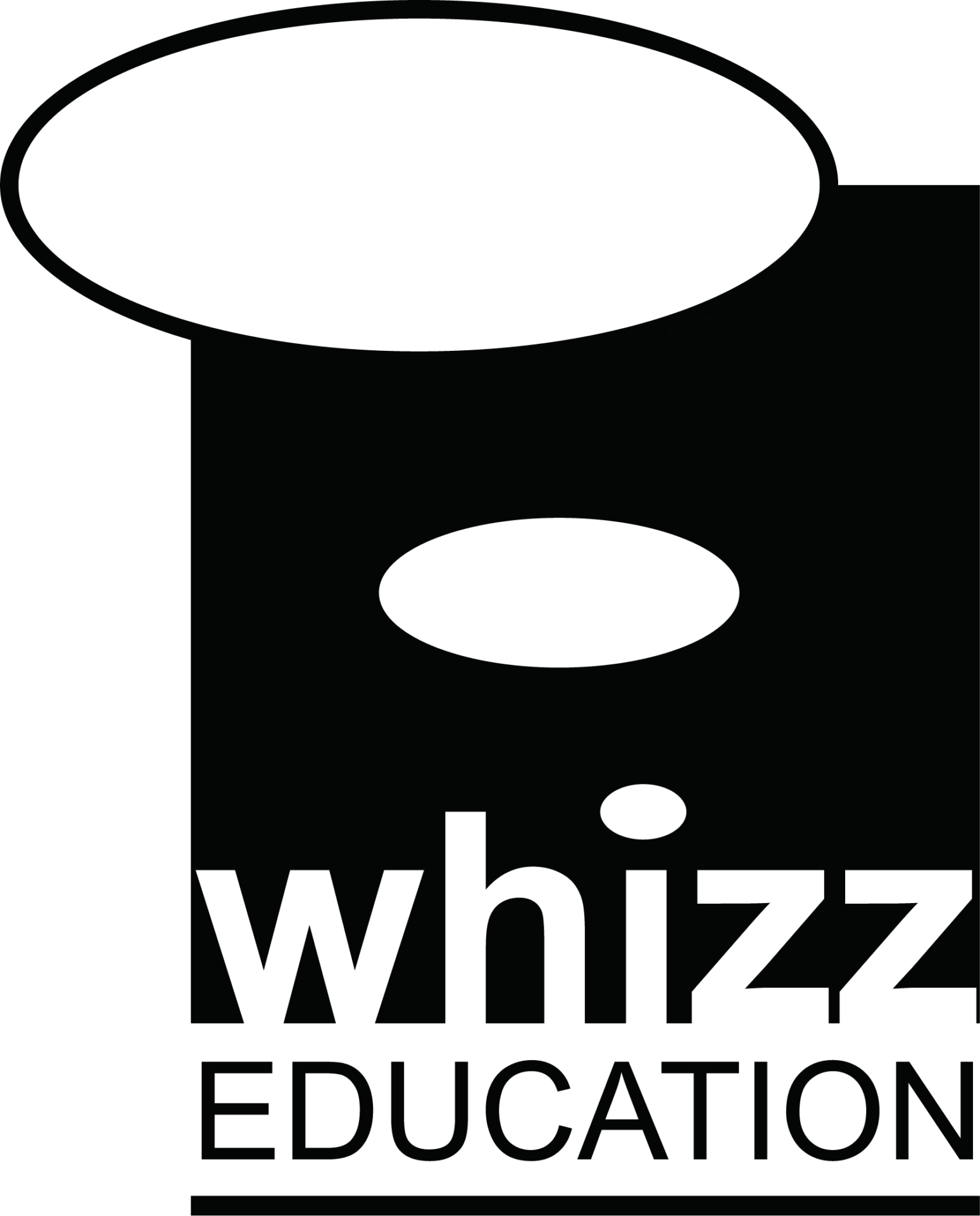When students return to class in the Fall they will likely have lost several months of learning in mathematics. These deficits will be similar if slightly more modest in literacy.
The evidence underlying these projections is robust and learning loss has been observed in countries across the globe. Models of learning loss have been generated by major research universities, global consultancies and multilateral organizations, and have since been supplemented by actual student learning data from the 2020-21 school year. These studies have identified widening disparities and highlighted global evidence regarding the long-term impact of similar educational disruptions.
Avoiding a deficit mindset
Faced with these challenges, some school systems may be tempted to organise their core instruction around re-teaching or delivering content that, were it not for the pandemic, would have been covered during the prior school year. The current policy dialogue may indirectly contribute to this focus – with narrative frames about interrupted learning or mitigating learning loss potentially suggesting a focus on re-teaching and remediation.
One challenge with ‘interrupted learning’ frames is that they may reinforce a deficit mindset regarding students and communities and can serve to further disadvantage the students who have suffered the most disproportionate impacts of the pandemic.This framing ignores the resilience and adaptability of these communities. Even more importantly, as research by the prominent US advisory firm TNTP shows, it may also result in worse outcomes for students.
While a recognition that learning loss has indeed occurred is a critical starting point for establishing instructional priorities this Fall, the focus on mitigating learning loss should be supplemented by a commitment to make accelerated learning the norm. Recovering from pandemic-related disruptions is necessary but not sufficient to meet the current moment. By planning for accelerated learning, schools can aim to recapture lost ground and increase the number of students who master grade-level content, while addressing persistent equity gaps between students.
Prior to the pandemic students from historically marginalised groups were disproportionately likely to receive assignments that did not provide them the opportunity to succeed at mastering grade-level content. During the pandemic, students from these same vulnerable populations experienced more significant disruptions to learning than their peers. National and local studies are showing widespread learning loss disproportionately impacting Black, Latino, low-income students, English learners, students with disabilities, foster youth, and homeless students.
The triple bind
If recovery efforts consign these same students to less rigorous academic tracks when they return in the Fall, they will be penalized for a third time, and even as they advance academically, on aggregate they will have fallen further behind.
So students face a triple bind:
- Historic gaps in access to grade-level instruction
- Disproportionate impact of Covid-19
- Learning loss mitigation efforts that restore ‘interrupted learning’ rather than support accelerated learning and ‘catching up’
- Addressing this requires first committing to accelerated learning as the aim of post-pandemic education systems, as part of our new normal.
Next it requires rediscovering and reframing the import of some of the most well-established interventions in education. For example, high-dose tutoring, including virtual tutoring, has one of the strongest evidence bases of any educational intervention. Yet if tutoring is conceived merely as a crutch for struggling students with acute learning needs, its impact may be blunted. Within the context of a holistic approach to accelerated learning, however, it can help resolve long standing opportunity gaps.
Building back better
When evidence-based interventions like virtual tutoring are implemented at scale, they free up teachers to focus on critical grade level content. This is especially true with regards to mathematics, which is cumulative and relies on students’ mastery of earlier concepts and practices prior to tackling more advanced topics. If teachers, particularly those in vulnerable or at-risk communities, feel compelled to constantly re-teach content from earlier grade levels they will have less time to engage in focused, high-leverage practices. Real-time analytics generated by virtual tutoring at-scale can inform more differentiated approaches to instruction that meet students’ diverse learning needs.
A focus on accelerated learning or ‘catch-up’ can significantly reduce the time it takes for education systems to build-back after major disruptions. It will ensure that the systems are not just being restored to the status quo ante. Rather they will truly build back better than before.
